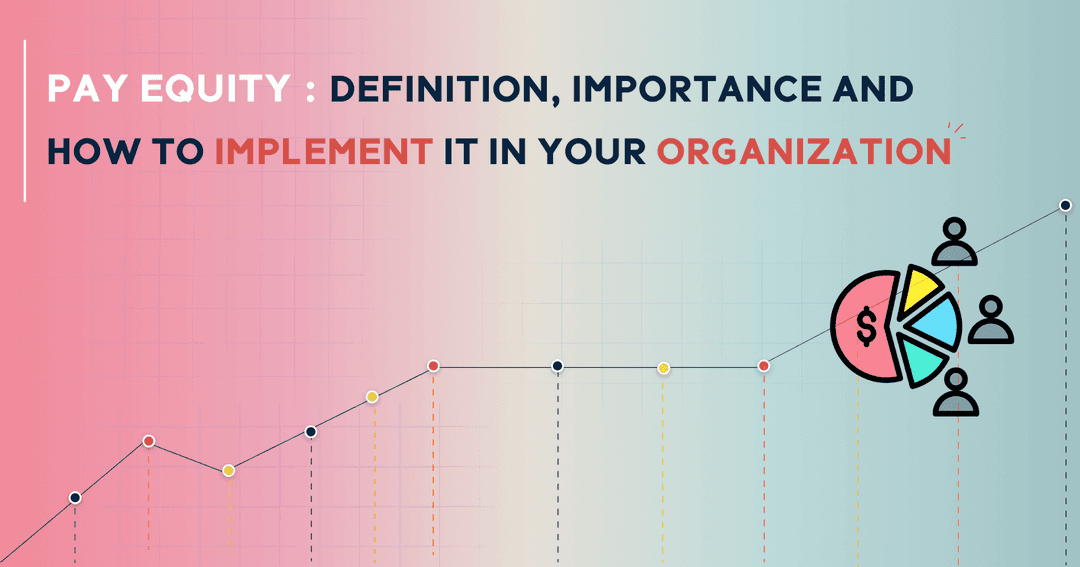
The main concept of pay equity is that the employees get equal pay for doing work of equal value. It means equal pay for different job roles that require a similar amount of skill and effort.
Pay equity is now essential, as transparency in the workplace is considered the basic fundamental of a successful organization. Moreover, pay equity helps businesses avoid legal risks, improve reputation, and attract top talent. For HR leaders, fair pay practices are crucial but require thoughtful action and clear commitment.
In this article, we will explore the importance of pay equity, discussing how it can be implemented through clear pay structures and regular audits. We’ll examine how fair compensation practices foster a positive work culture, align with organizational values, and meet external expectations for fairness and transparency.
Pay equity simply translates to ‘equal pay for equal work’. Its concept revolves around equal pay to employees with equal job functions, regardless of their gender, ethnicity, marital status, or any other factor.
‘Equal pay for equal work’ ensures fair compensation, guaranteeing that employees are paid based on the value their work holds, and not any other factors.
Where ‘pay equity’ means equal pay for a job that requires an equal amount of skills and effort. It is not to be confused with ‘pay equality’. Pay equality on the other hand means equal pay for the same job. Where pay equity addresses the concerns of pay gaps for similar roles based on skills and responsibilities, pay equity focuses on ensuring no discrimination for identical roles.
A pay gap measures the difference in earnings between groups, such as gender or race, without accounting for factors like experience or education. The unadjusted pay gap shows average earnings disparities, while pay disparities often stem from inequitable opportunities for advancement. For instance, a company may achieve gender pay equity in similar roles but still face a gender pay gap if men are overrepresented over female workers in higher-paying positions due to biased hiring or promotion practices.
Common disparities in pay often stem from factors like gender, race, marital status, and other demographic characteristics. These differences can create unequal compensation, even when individuals perform similar work. Often, these disparities are a result of unconscious biases or systemic patterns that have been ingrained in workplace practices over time.
Disparities can be either unintentional or intentional. Unintentional disparities often stem from unnoticed biases, where aspects like the gender wage gap or race subtly affect compensation decisions. Conversely, intentional disparities consist of acts, such as biased hiring or promotion practices, leading to unequal pay among various groups, eg: gender identity or differences between male and female workers, etc. Tackling both forms of disparities is critical for achieving pay equity.
Here are 4 reasons as to why pay equity benefits your business
According to a survey by Gartner, Inc. Less than one-third of employees feel they are paid fairly, while just 34% of employees believe their pay is equitable. While the actual statistics might be irrelevant, what’s more important is how the current employees perceive the organization. Employees are less likely to seek other opportunities when they feel fairly compensated and valued by their current employer, and pay equity ensures that employees are not subjected to pay disparities based on irrelevant factors. Equal employee compensation fosters more job applicants, retains your valuable human resources, and ensures a highly motivated and loyal workforce.
Pay equity is not just limited to employee retention. It also helps boost workplace morale as organizations that treat and compensate their employees equally have higher chances of attracting top talent. Pay equity helps employees experience an increased level of satisfaction and a stronger sense of belonging.
It’s been observed through time, that there has been a constant issue of pay disparity amongst most of the organizations where women were paid less for the same position/similar positions demanding equal amount of skills and efforts. A study that proves this is: In 2022, female workers ages 25 to 34 earned an average of 92 cents for every dollar earned by a man in the same age group – an 8-cent gap. By comparison, the gender pay gap among workers of all ages that year was 18 cents.
By addressing such racial wage gaps, HR leaders can make sure they’re not only retaining top talent but also attracting a diverse and talented workforce, which eventually helps lead the company to its success.
Pay equity is required by law and is a must in any organization. Compliance with these laws against wage discrimination helps employers avoid penalties for violations regarding unlawful compensation practices and legal disputes that could harm the organization’s reputation, especially in the private sector.
There are several steps an organization can take to integrate pay equity.
Conducting a pay audit: equity audits involve analyzing the salaries and any other forms of compensation policies that are provided to the employees to identify any type of pay inequality or unlawful wage differentials that could potentially be based on factors such as race, or background and also ensure gender equity.
Define clear compensation standards: This can be ensured by setting data-driven criteria, focusing on key factors like skills, experience, and job responsibilities. Document these standards and communicate them organization-wide to ensure transparency and build trust in fair pay practices.
Address and adjust pay discrepancies: Implement changes based on equity audit findings, with budget-conscious prioritization. Ensure transparency in communicating any pay adjustments to foster trust and alignment.
Monitor and Maintain Pay Equity: Conduct regular reviews and audits to ensure pay consistency, leveraging technology and analytics for continuous tracking. Stay aligned with evolving market trends and adapt to organizational growth for sustained equity.
Train Managers and HR on Fair Pay Practices: Equip management and HR teams with training on fair pay practices, focusing on addressing unconscious bias and applying consistent performance and promotion criteria.
Foster a Culture of Transparency and Accountability: Promote transparent pay practices by openly communicating pay structures and criteria, complying with equity laws, integrating trust and accountability into the organizational policies, and making sure there are no pay disparities among employees. These transparent initiatives towards compensation adjustments ensure the employee's protection against wage discrimination.
While trying to achieve pay equity, one may achieve several challenges. Some of them may include:
Budget Constraints Compensation adjustments regarding equity matters can be challenging due to limited financial resources, requiring careful prioritization and a systematic approach.
Resistance to Change Achieving pay equity may face cultural or systemic resistance within the organization, necessitating strong leadership and clear communication to drive change.
Data Limitations Accurately collecting and analyzing pay-related data can be difficult, posing challenges in identifying and addressing inequities effectively.
To address the challenges of achieving pay equity, CompUp offers tools for effective compensation management:
CompUp can significantly support organizations in achieving pay equity through its pay gap analysis feature:
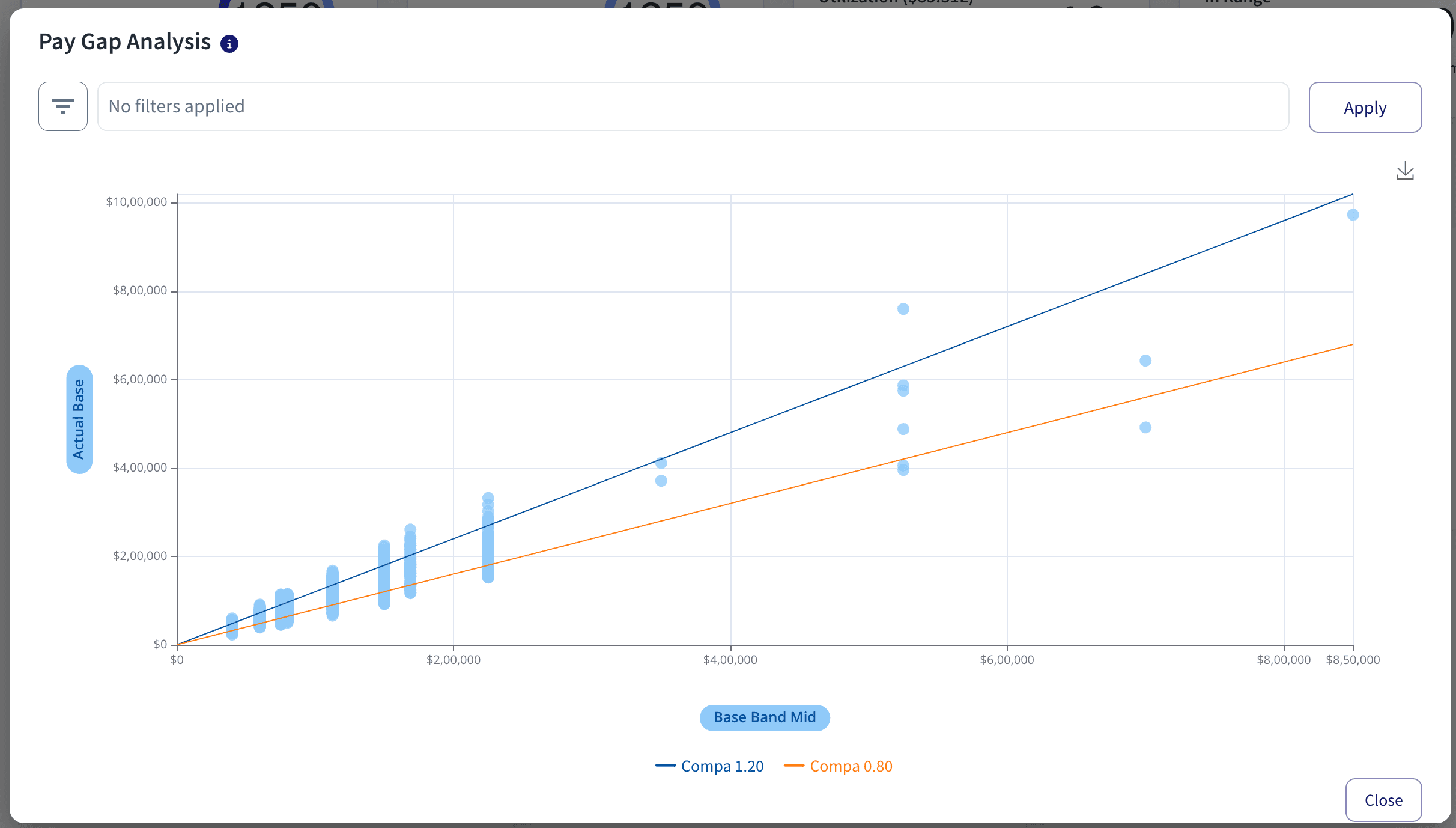
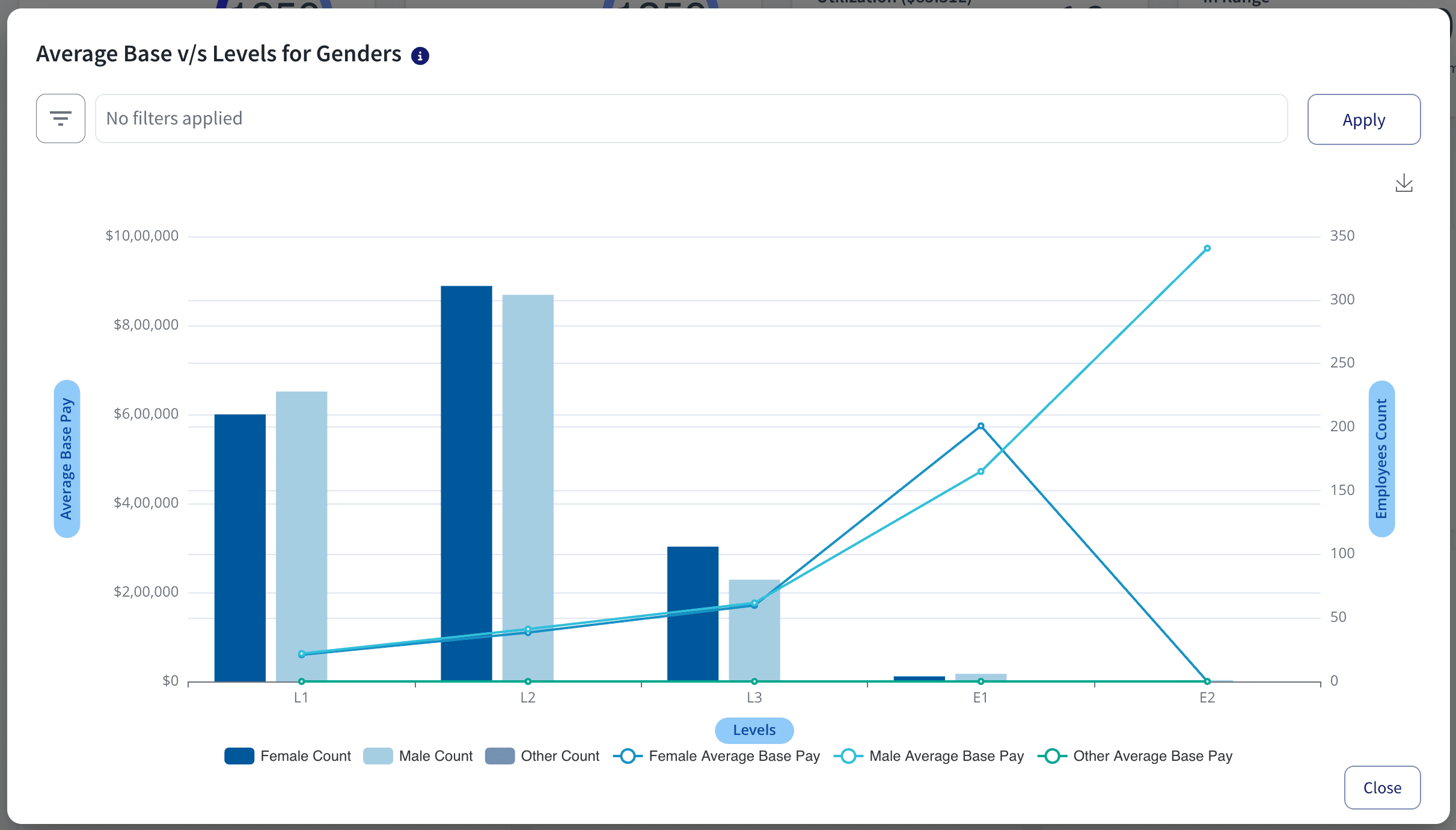
This feature helps detect and address pay disparities, such as the gender pay gap, within the workforce.
Additionally, compensation benchmarking provides accurate equity analysis, and salary ranges, enabling fair and competitive pay structures aligned with industry standards where there is no difference in wages due to racial wage gaps or other irrelevant factors.
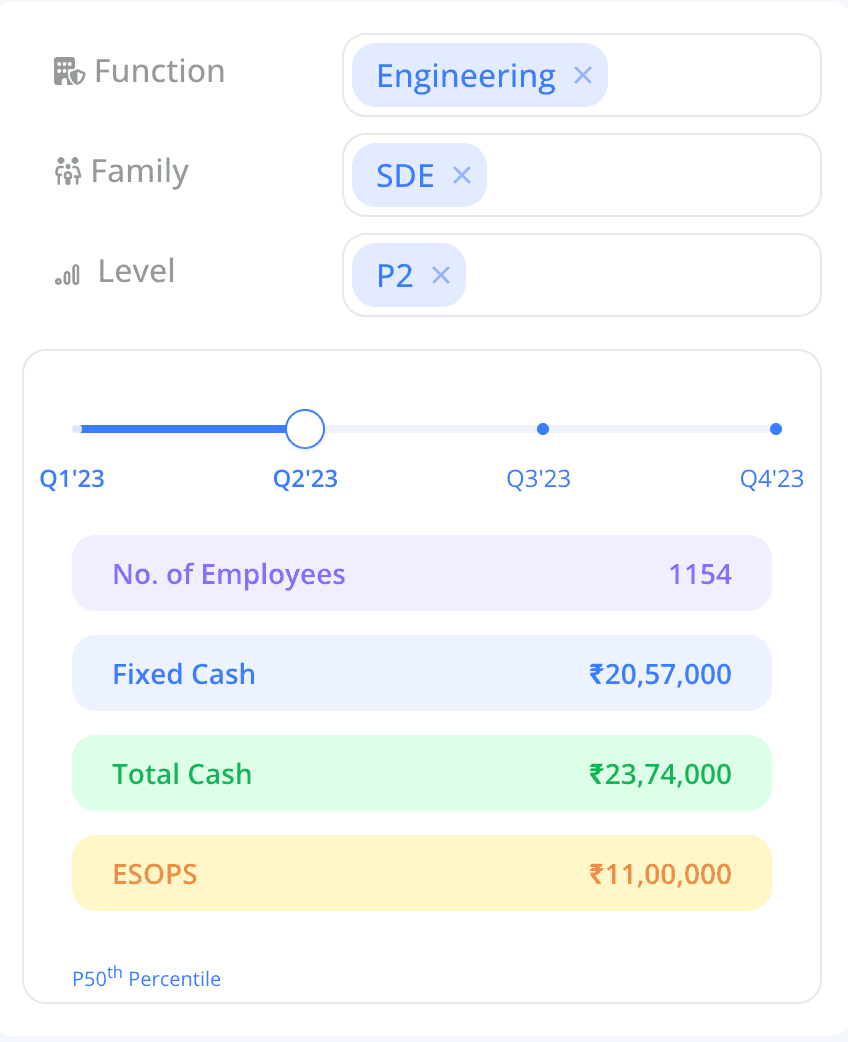
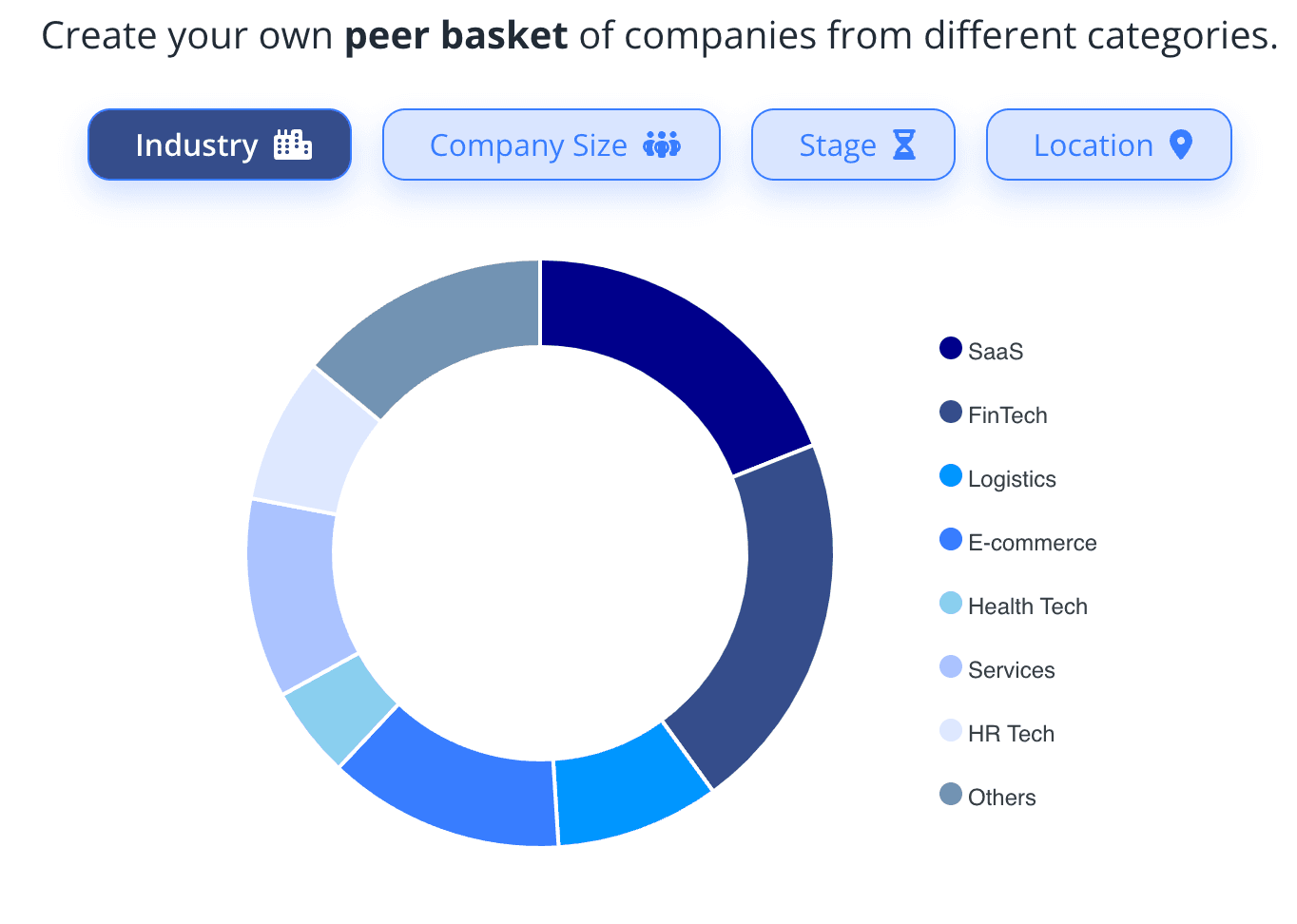
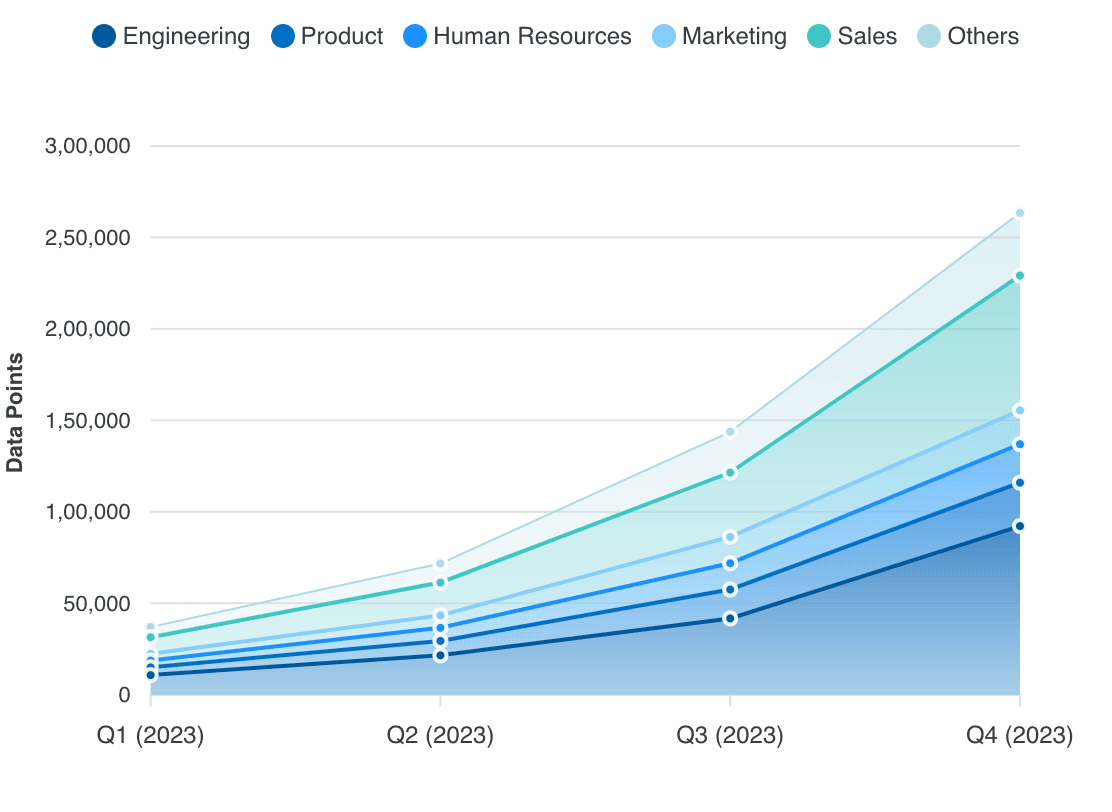
Through this comprehensive approach, organizations can make certain action steps to ensure adjustments to be able to foster pay equity and build a more transparent, inclusive work environment without any wage disparity.
Through this comprehensive approach, CompUp enables organizations to identify necessary adjustments, fostering a more transparent and inclusive work environment free from wage disparity.
Ready to take the first step toward pay equity? Empower your workplace with CompUp's innovative tools to create a culture of fairness and inclusivity today!
In conclusion, pay equity is a crucial aspect of fostering a fair and inclusive workplace. By ensuring that employees receive equal pay for equal work, organizations not only comply with equity laws and other legal requirements but also enhance morale, boost retention, and improve diversity. Implementing pay equity requires a structured approach, starting with clear compensation standards and regular audits, followed by addressing discrepancies and promoting transparency across the organization.
As organizations face challenges such as budget constraints, resistance to change, and data limitations, tools like CompUp can be invaluable in helping address these issues. Through features like pay gap analysis and compensation benchmarking, CompUp systematic approach enables companies to make informed decisions and promote long-term equity.

Revolutionizing Pay Strategies: Don't Miss Our Latest Blogs on Compensation Benchmarking